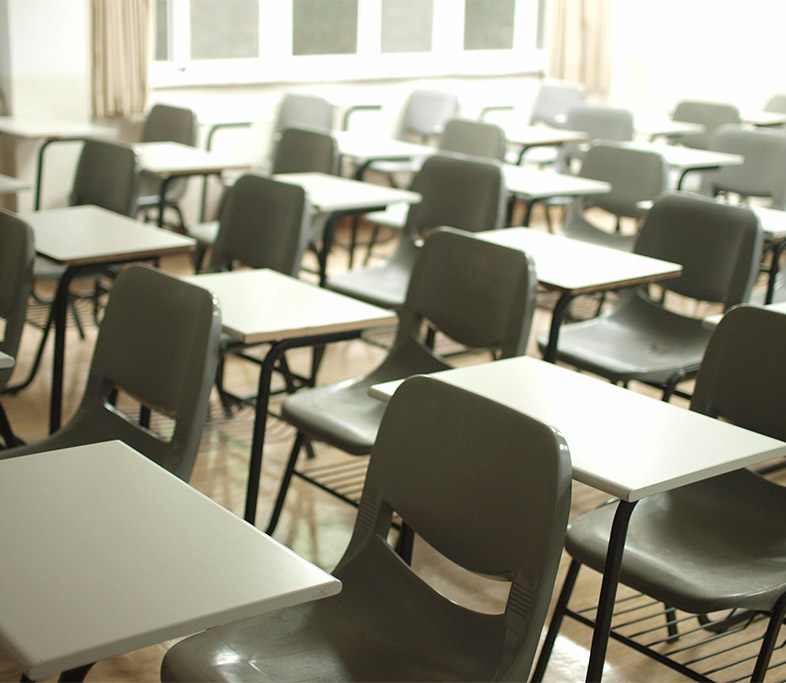Aug 29
Written By Farrell B. Melnick, PhD
As the start of school inches closer, educational institutions must start planning how they will combat the new monkeypox virus rapidly traveling throughout the United States. Much has been written about changing human behavior and the fact that during prolonged medical issues, such as the COVID-19 virus, the human side of the equation may be the hardest to change.
Current Status of Monkeypox:
According to a recent Forbes article, as of today there have been over 10,000 reported cases in the U.S. The states with the most reported cases include California, Florida, New York and Texas.
Monkeypox can be spread by close physical contact as well as contact with contaminated surfaces and bedding. Of particular concern may be colleges and universities. Dr. Ina Park of the U. of San Francisco School of Medicine stated in the Forbes article that ‘disinfecting desks or public toilets’ may be one way to help reduce the spread of monkeypox. Monkeypox is one disease where surface cleanliness could be crucial.
Addressing Monkeypox in Schools & Universities:
While grade schools can spread the virus, colleges and universities carry a much higher risk for transmission. According to Dr. Park, the main concern is students living together in close quarters and gathering to socialize. She also explained that the virus could be transmitted potentially through sharing clothing or sleeping in someone else’s bed.
Dr. Park also stated, “Disinfecting desks or public toilets—surfaces the monkeypox virus can live on—could be one way of minimizing the risk to students.” To maximize disinfection across schools, high-traffic areas such as cafeterias and classrooms should be the target focus for ideal disinfection.
According to the American College Health Association (ACHA), campuses also face a number of unique challenges when managing disease outbreaks such as how to isolate people with limited housing available and managing the disruption that a 2-4 week isolation period can cause to students. The organization said it is working to develop tailored guidance for campus settings.
Key Take-Aways
To effectively combat the monkeypox concerns on college campuses and high schools, we need to institute controls to provide clean, disinfected living quarters and interior environments as needed. Unfortunately, we need to assume that human habits are very hard to change and that certain Individuals may not heed public health warnings. Educational institutions need to begin planning for these concerns now.
Implement disinfecting controls that can help with not only the monkeypox virus, but also environmental quality in general as well as for control of SARS-CoV-2.
A Solution for All Schools to Implement
Surfacide UV-C technology is a data-proven, chemical-free solution that can help disinfect classrooms, bathrooms, cafeterias, and other high-traffic areas from the rapidly growing virus. Used with manual cleaning efforts, Surfacide UV helps to ensure more surfaces are disinfected quickly and efficiently while providing peace of mind that facilities are doing everything can to keep environments disinfected.
For further information, contact Surfacide to learn more on UV-C disinfection against monkeypox for your educational institution.






